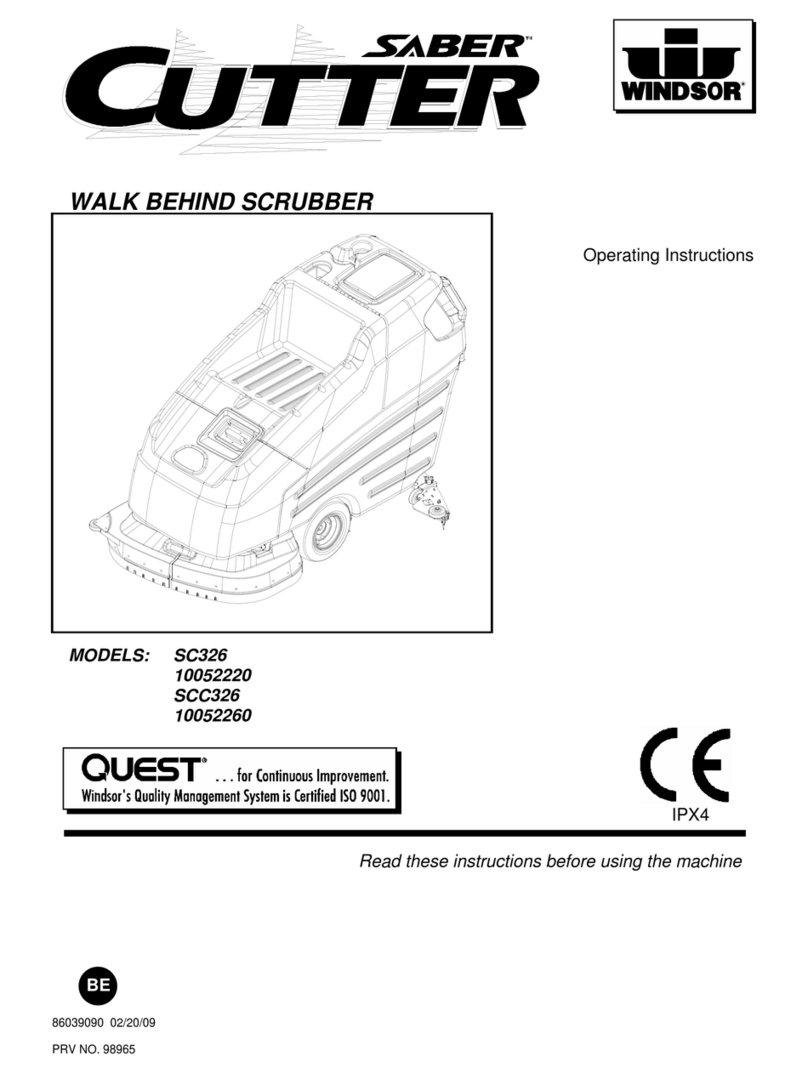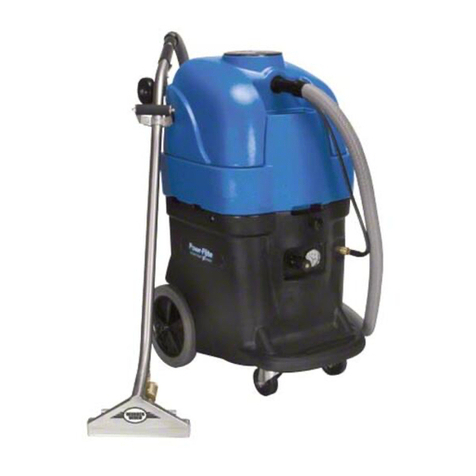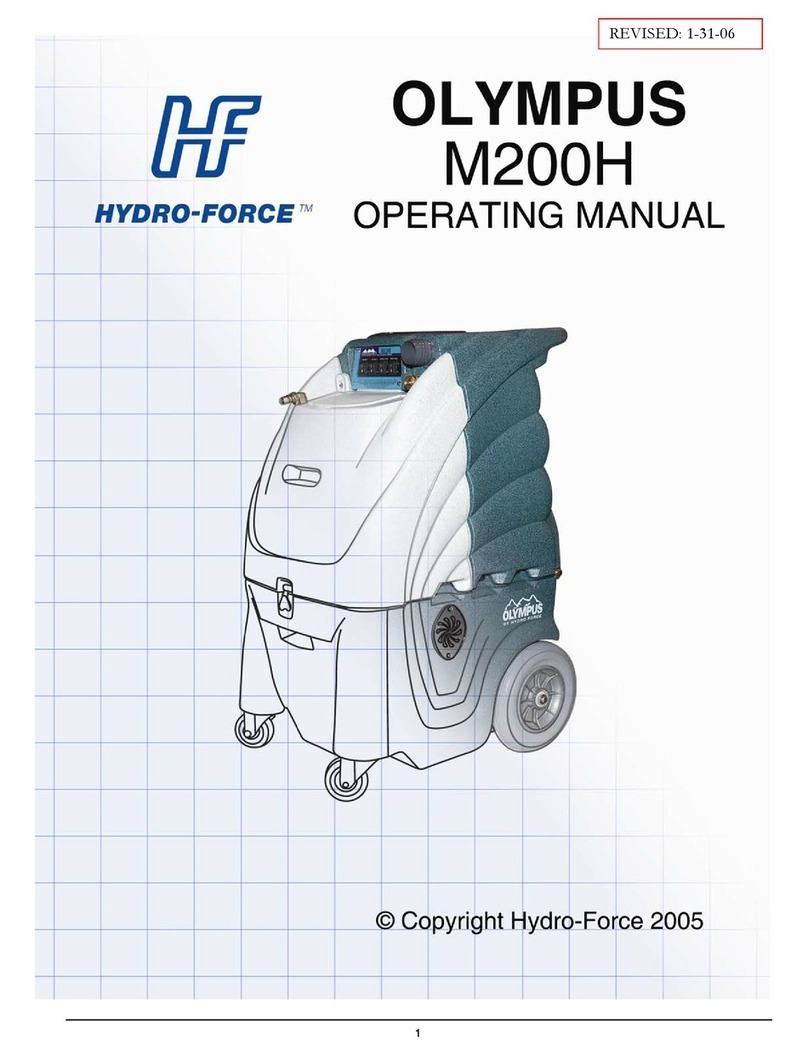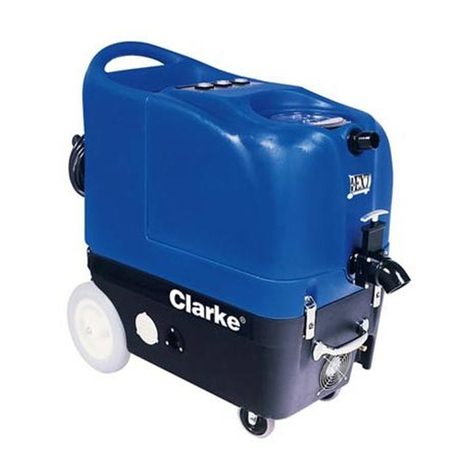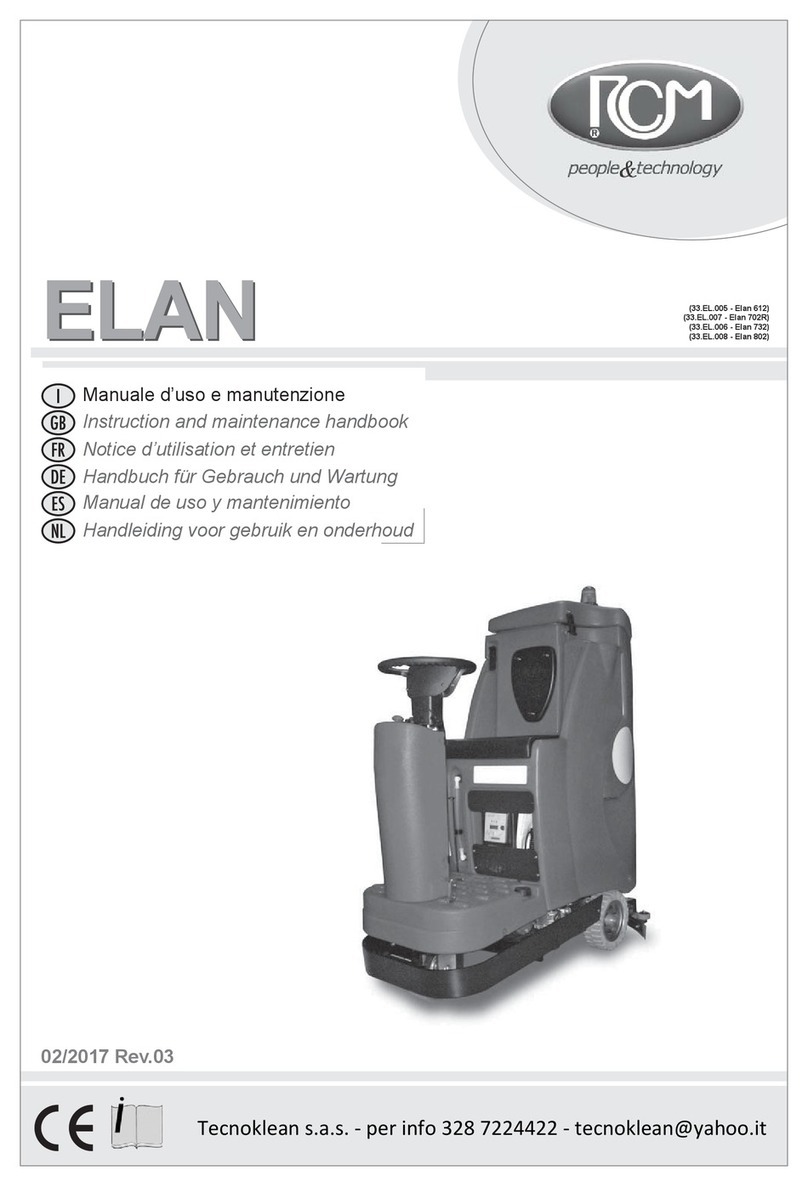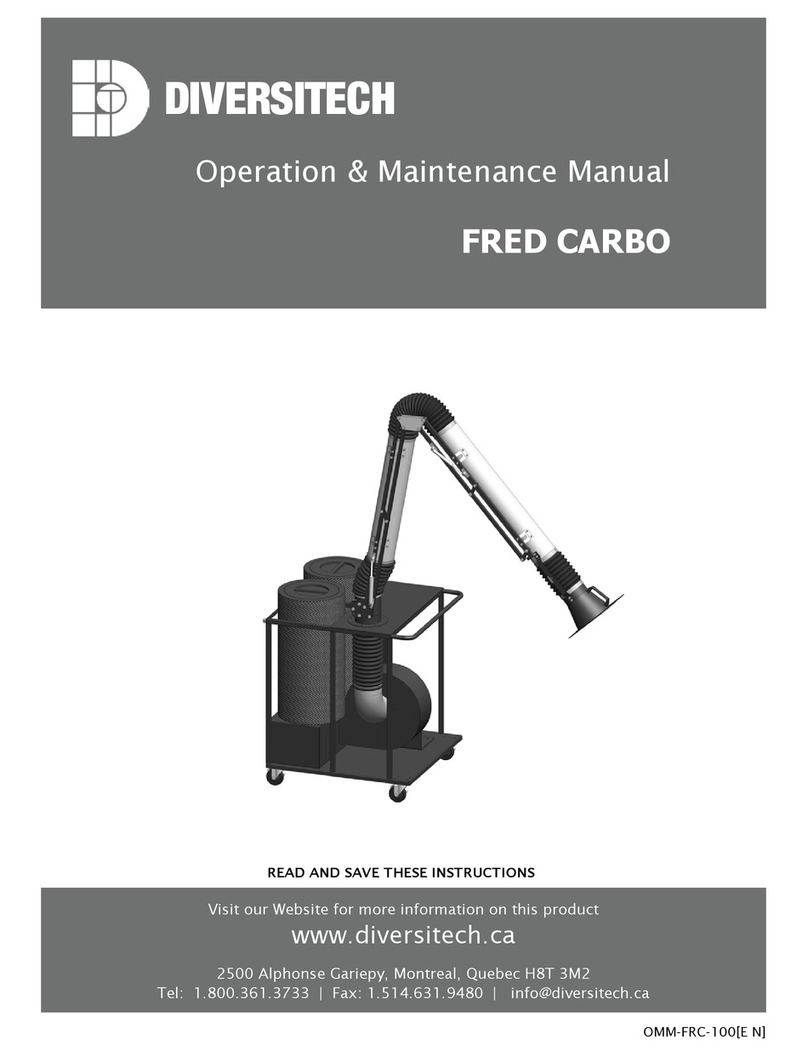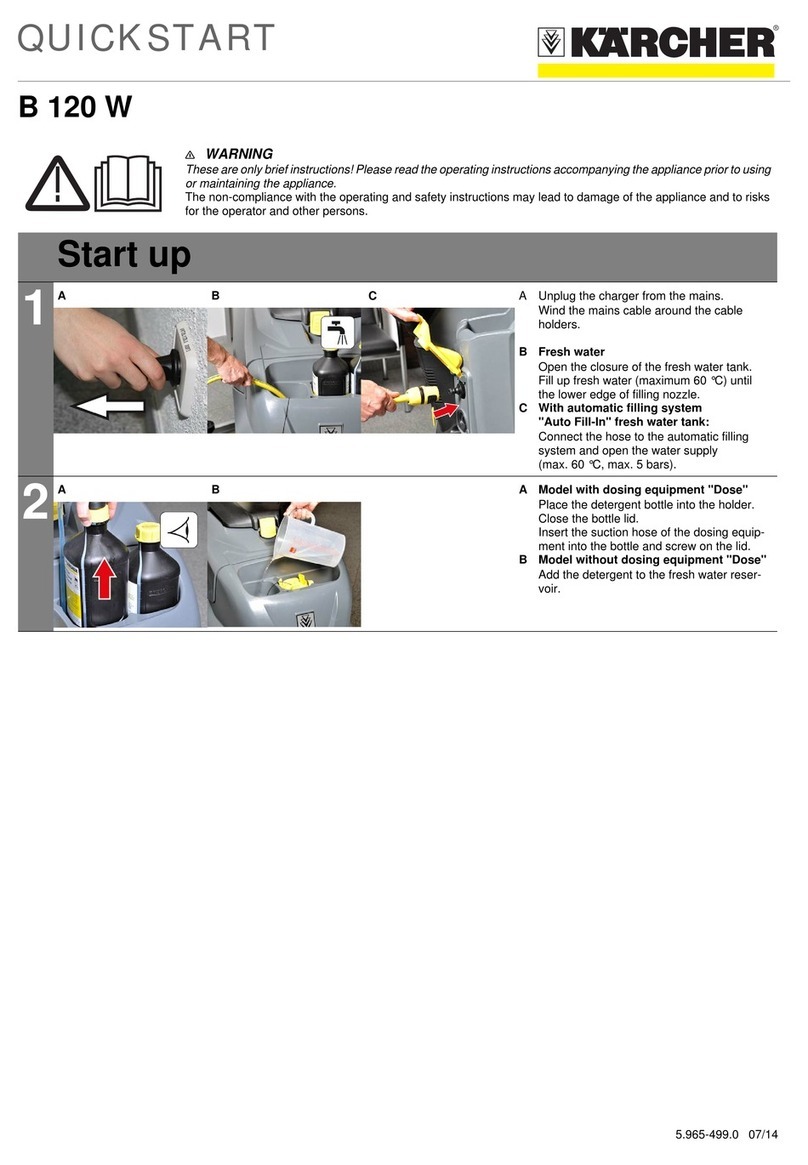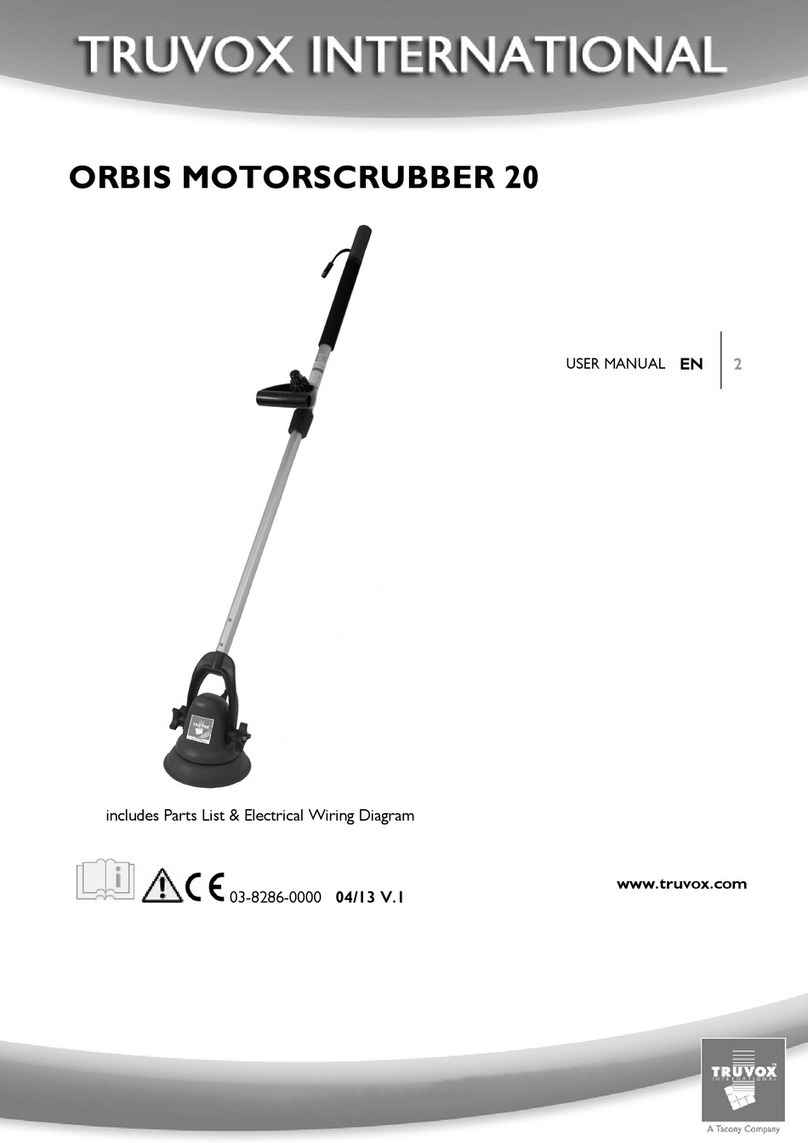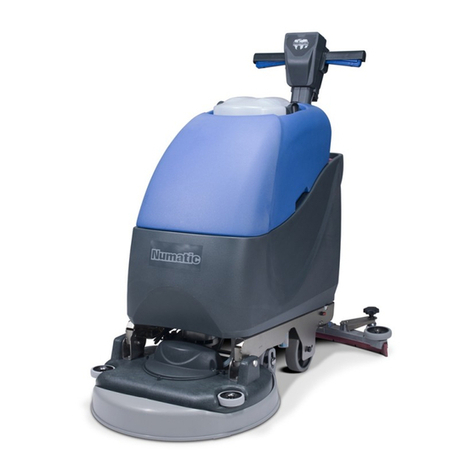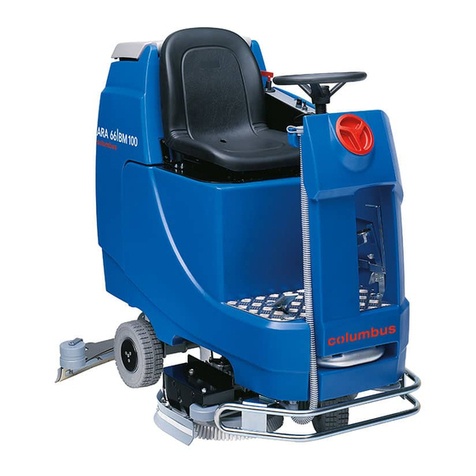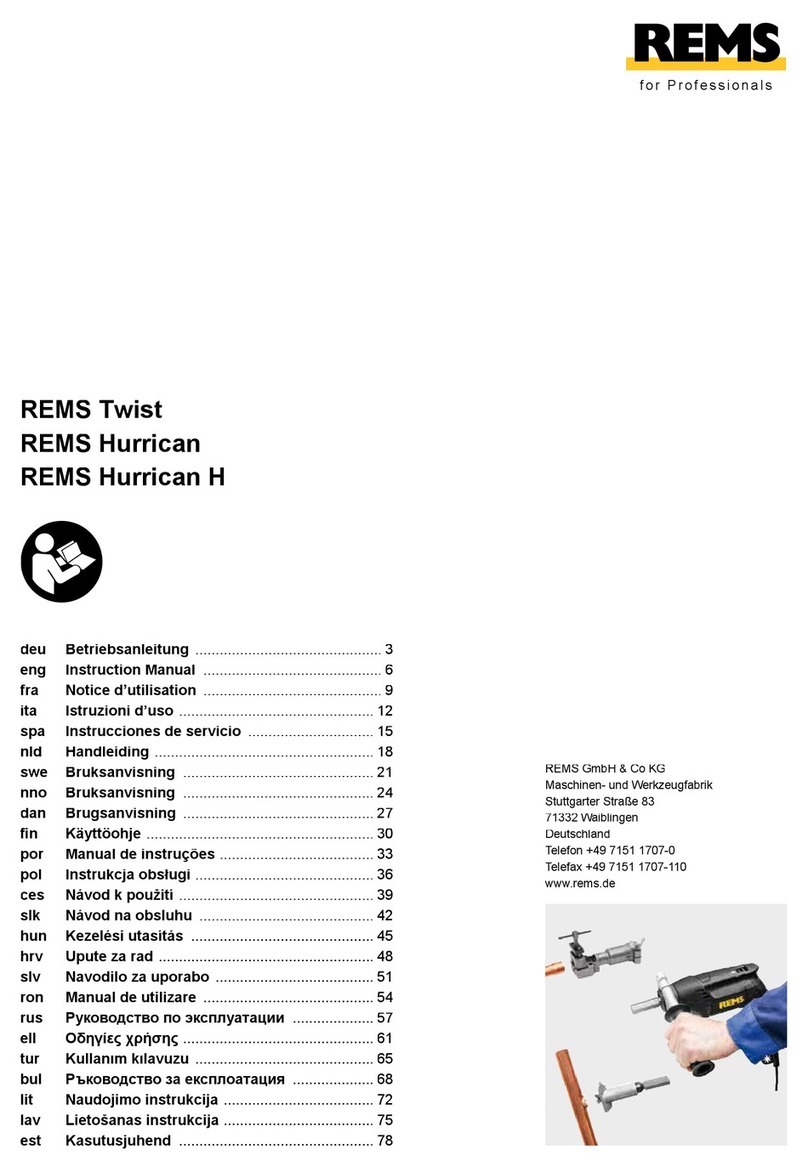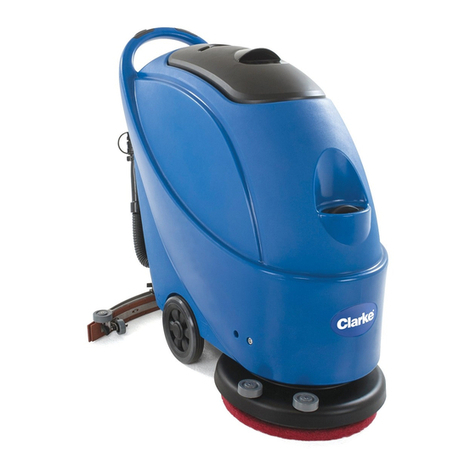
Table of Contents
SECTION 1 – SAFETY PRECAUTIONS OF FUME & DUST EXTRACTION/COLLECTION ................................................................3
1.1 Symbols .....................................................................................................................................................3
1.2 User Responsibility .......................................................................................................................................3
1.3 Fume Extraction Hazards ........................................................................................................................3
1.4 Dust Collection Hazards .........................................................................................................................3
1.5 Safety Stickers .......................................................................................................................................4
SECTION 2 – SPECIFICATIONS ...................................................................................................................................................4
2.1 Diagram & Description ..............................................................................................................................................4
2.2 Product Specifications ..............................................................................................................................................5
2.3 Dimension ...............................................................................................................................................................5
2.4 Filter Specifications ..................................................................................................................................................5
SECTION 3 – SETUP / INSTALLATION ...................................................................................................................................6
3.1 To Setup or Install Safely ..........................................................................................................................................6
3.2 Un-Packaging ...........................................................................................................................................................6
3.3 Tools Required ..........................................................................................................................................................6
3.4 Mounting Options ....................................................................................................................................................6
3.5 Electrical Options .....................................................................................................................................................6
SECTION 4 – OPERATION ...................................................................................................................................................7
4.1 To Operate Safely ....................................................................................................................................................7
4.2 Controls .................................................................................................................................................................7
4.3 Pre-Use Checklist ....................................................................................................................................................7
4.4 Principles of Operation ..........................................................................................................................................8
4.5 Failure Event ...........................................................................................................................................................8
SECTION 5 – MAINTENANCE & TROUBLESHOOTING ...........................................................................................................9
5.1 To Maintain this Product Safely .............................................................................................................................9
5.2 Tools Required ......................................................................................................................................................9
5.3 Routine Maintenance Schedule .............................................................................................................................10
5.4 Servicing Filter ......................................................................................................................................................10
5.5 Troubleshooting Procedure ....................................................................................................................................11
SECTION 6 – DECOMMISSIONING .............................................................................................................................................12
6.1 To Decommission this Product Safely .....................................................................................................................12
6.2 Tools Required ......................................................................................................................................................12
6.3 Comformity with Recycling Regulations ................................................................................................................12
APPENDIX 1A – ELECTRICAL DIAGRAM MANUAL [120 VAC] Single Phase Power ....................................................................13
APPENDIX 1B – ELECTRICAL DIAGRAM MANUAL [230/460/575v] 3-Phase Power ................................................................14
APPENDIX 2 – MAINTENANCE RECORD ..............................................................................................................................15
APPENDIX 3 – ARM-TO-BLOWER DIRECT INSTALLATION ................................................................................................16,17
APPENDIX 4 – FILTER INSTALLATION .......................................................................................................................18,19,20
APPENDIX 5 – PARTS LIST .................................................................................................................................................21
APPENDIX 6 – SAMPLES SAFETY STICKERS .........................................................................................................................22
NOTES...........................................................................................................................................................................23
Limited Equipment Warranty ................................................................................................................................Back Cover
Freight Claims .....................................................................................................................................................Back Cover
Return Material Policy ..........................................................................................................................................Back Cover
